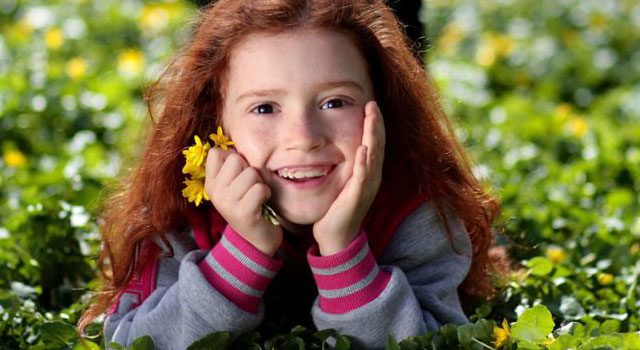 Myopia, more commonly known as nearsightedness, is a refractive error that affects millions of adults and children worldwide. This condition occurs when a person’s eyeball is too long, or the cornea or lens has an irregular shape. A myopic eye focuses the image at the front of the retina, as opposed to directly on the retina. it is often hereditary, especially if both parents are nearsighted.
Myopia, more commonly known as nearsightedness, is a refractive error that affects millions of adults and children worldwide. This condition occurs when a person’s eyeball is too long, or the cornea or lens has an irregular shape. A myopic eye focuses the image at the front of the retina, as opposed to directly on the retina. it is often hereditary, especially if both parents are nearsighted.
Recent studies show that the more time spent outdoors can slow the onset or progression of myopia for reasons explained below. These findings are significant, as myopia can seriously impacteye health if left untreated. At The Myopia Control Center At Eye Trends, we’re here to answer any questions you may have and ensure that your child’s myopia is under control.
How Does Spending Time Outdoors Benefit Myopia?
By spending time outdoors, children train their eyes to focus on distant objects and relax their eyes. Just as with any other muscle in the body, the muscles in the eye need to be trained and strengthened in order to produce clear vision. Experts further suggest that moderate exposure to sunlight has a positive impact on myopia and general eye health.
A recent study was conducted by the Centre for Ocular Research & Education (CORE) at the University of Waterloo’s School of Optometry and Vision Science. The study shows that children who spend 1 extra hour outdoors each week reduce their risk of developing myopia by over 14%.
In contrast, according to the National Institute of Health, children who spend a considerable amount of time indoors watching TV or playing video games are at a significantly higher risk of developing nearsightedness.
Outdoor time should be incorporated into every child’s routine, especially those at risk of developing myopia. Parents and caregivers can make being outdoors fun by playing sports, hiking new trails, enjoying picnics or barbeques, or organizing scavenger hunts.
Why Is Slowing Myopia Progression So Important?
Myopia generally worsens over time, mostly during childhood and into the adolescent years. If your child’s prescription regularly increases, this can lead to more serious complications. Myopia progression heightens the risk of developing other eye conditions and disorders, such as cataracts, glaucoma, or retinal detachment. In more severe cases, permanent vision loss — or even blindness— may occur.
This is why it is crucial to monitor your child’s condition with a yearly visit to Our doctors. Not sure whether your child has myopia? Refer to the following list.
Signs of Myopia in Children
Children with myopia may exhibit any of the following:
- Squinting when reading the board or watching TV
- Lack of interest in playing sports that require distance vision
- Positioning oneself at close proximity to the TV or screen
- Sitting at the front of the classroom to clearly see the teacher and board
- Holding books close to the eyes
If your child is experiencing any of these symptoms or if you’ve noticed some of these behaviors, give outdoor time a try and bring him or her in to The Myopia Control Center At Eye Trends for a comprehensive eye exam. We offer evidence-based myopia management treatment to slow down the progression of nearsightedness, thus preventing severe vision loss later in life.
The Myopia Control Center At Eye Trends provides myopia management and other treatments to patients in Houston, Spring, Woodlands, Conroe, and throughout Texas.
REFERENCES:
Centre for Ocular Research & Education
